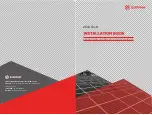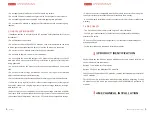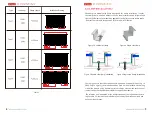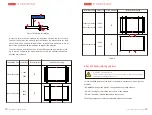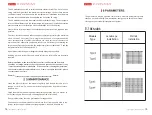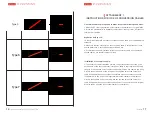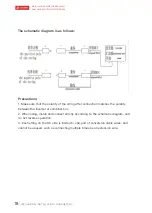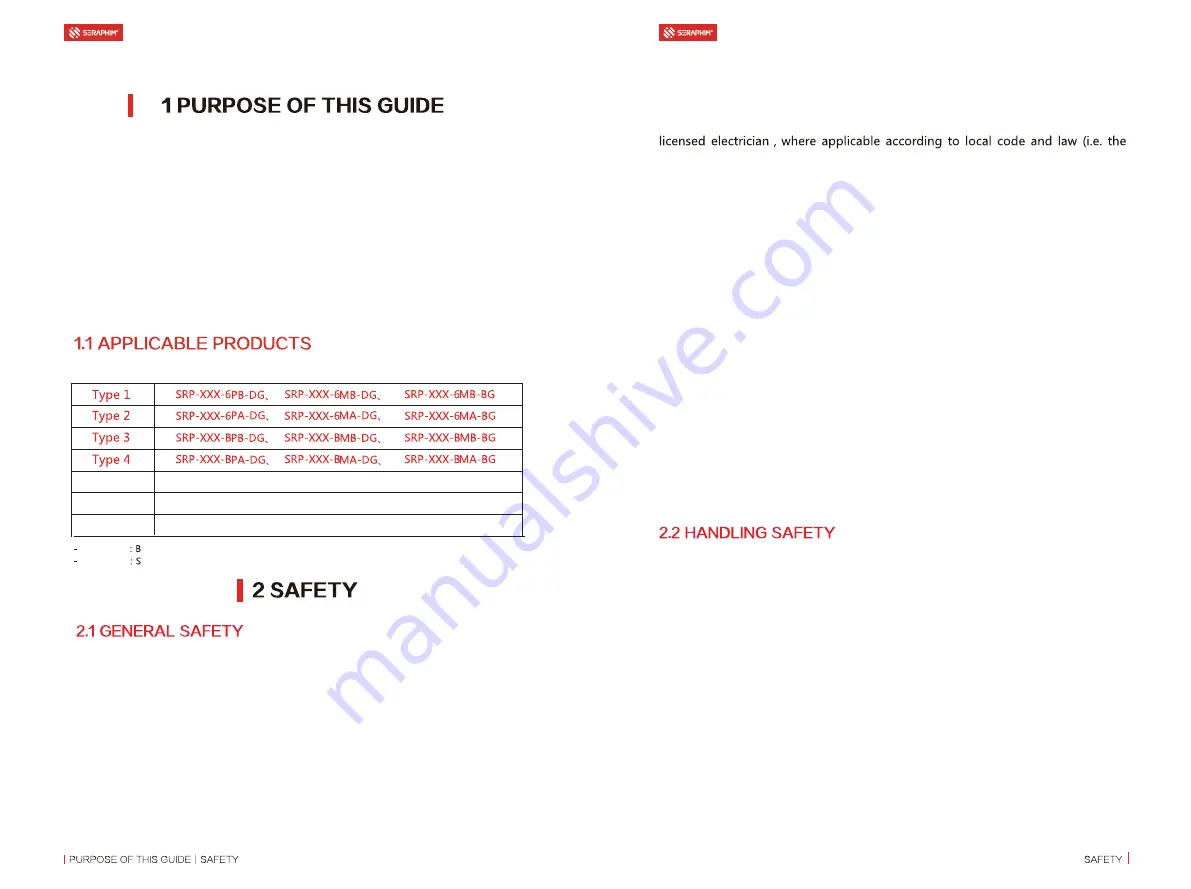
2
3
Thanks for choosing Seraphim Photovoltaic Modules (hereafter referred to as
“PV Module”), This Guide is to give information on how to apply Seraphim PV
modules properly.
Installers must read and understand this Guide prior to installation. For any
questions, please contact our technical department (technic@seraphim-ener-
gy.com) for further information. Installers should follow all safety precautions
described in this Guide as well as local codes when installing a module.
Keep this Guide in a safe place for future reference (care and maintenance) and
in case of sale or disposal of the PV modules.
This document is applicable to the series of PV modules as listed below:
•
The PV modules are qualified for application class A, which may be used in
systems operating at greater than 50 V DC or 240 W, where general contact
access is anticipated. PV modules qualified for safety through this part of IEC
61730 and IEC 61730-2 and within this application class are considered to meet
the requirements for safety class II.
•
The PV modules shall be properly grounded in accordance with the instruc-
tions in this Guide or the requirements of the National Electrical Code.
•
Installing PV modules requires specialized skills and knowledge. Installation
should only be performed by qualified personnel, electrical connections requires a
NEC for the USA and CEC for Canada).
•
Installers should assume all risks of injury that might occur during installation,
including, but not limited to, the risk of electric shock.
•
One single PV module may generate more than 30V DC when exposed to direct
sunlight. Access to a DC voltage of 30V or more is potentially hazardous.
• PV modules con
vert light energy to DC electrical energy, which are designed for
outdoor use. PV modules can be mounted onto ground, rooftop, vehicles or boats
etc. The proper design of support structures lies within responsibility of the system
designers and installers.
•
Do not use mirrors or other magnifiers to concentrate sunlight onto the PV
modules.
•
When installing the PV modules, abide to all local, regional and national statuto-
ry regulations. Obtain a building permit if necessary.
•
Only use equipment, connectors, wiring and support frames compatible with the
PV modules.
• Do not li
ft the PV module by grasping the module’s junction box or electrical
leads.
• Do not stand or s
tep on the PV modules or place heavy objects onto it.
• Do not d
rop the PV module or allow objects to fall on the PV module.
• Do handle with ca
re when move, transport and install the PV modules.
• Do not lean modules on other objects.
•
Do apply soft protector to separate the modules when stacking modules and
ensure the safety
• Do
not attempt to disassemble the PV modules, and do not remove any
attached nameplates or components from the PV modules.
INSTALLATION GUIDE FOR SERAPHIM
DUAL GLASS PHOTOVOLTAIC MODULE
INSTALLATION GUIDE FOR SERAPHIM
DUAL GLASS PHOTOVOLTAIC MODULE
DG Module
ingle side dual-glass module
BG Module
ifacial dual-glass module
XXX
:
Module power
:_VK
5
986>>>(3
Z
(-
986>>>(3
C
(-
:_VK
6
986>>>(3
D
(-
:_VK
7

